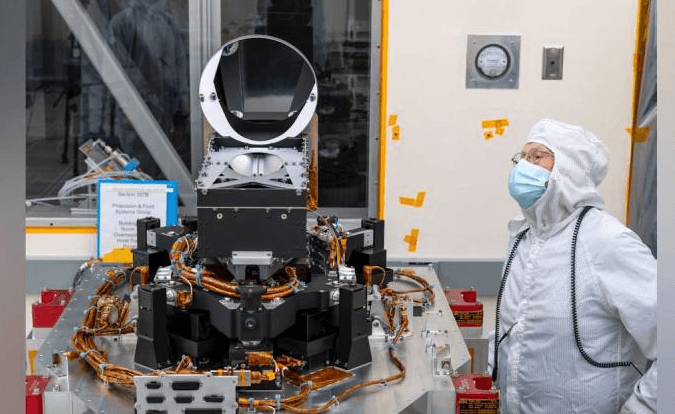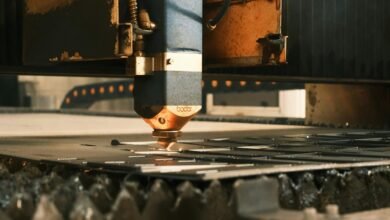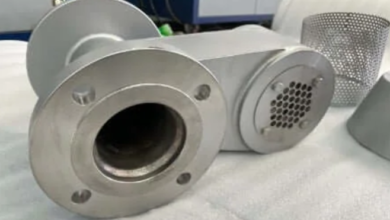The Role of Pump and Signal Combiner in Modern Electronics

Introduction to Optical Signal Processing
The field of computers and electronics has evolved rapidly over the last few decades. One of the most significant areas of advancement has been in the manipulation and transmission of optical signals. Optical technology has made it possible to achieve high-speed communication, efficient data processing, and superior energy management. At the heart of this technological progress lies the pump and signal combiner, a device that plays a vital role in optical fiber systems, laser technology, and photonics-based communication infrastructure.
Understanding Pump and Signal Combiner
A pump and signal combiner is a fiber optic device used to merge high-power pump light with a lower-power signal into a single optical fiber. This allows both the pump energy and the signal to travel together through the fiber, enabling amplification, efficient energy transfer, or signal modification. The device ensures that optical systems operate with enhanced efficiency and reliability, which is critical for advanced telecommunications, industrial laser systems, and scientific applications.
Working Principle of the Device
The working mechanism of a pump and signal combiner is based on wavelength multiplexing and mode field manipulation. The pump light, usually from a laser diode, is introduced into the combiner and directed into the cladding of the fiber. The signal light, which carries data or information, enters through the core of the fiber. By carefully managing the alignment and structure of the fiber, the combiner ensures that both pump and signal propagate through the same optical fiber. This design supports high-power transfer without compromising the integrity of the signal.
Applications in Fiber Lasers
Fiber lasers rely heavily on pump and signal combiner devices for their operation. The pump energy injected into the fiber is absorbed by the doped fiber medium, which in turn amplifies the signal. This process is critical in generating high-power laser beams for use in manufacturing, medical technology, and defense systems. The combiner ensures that sufficient pump power is delivered without damaging the fiber, making it an indispensable component of fiber laser architecture.
See also: Emerging Technologies Shaped by Advanced Materials
Importance in Telecommunications
In modern telecommunications networks, the demand for faster data transmission and reliable connectivity continues to grow. Pump and signal combiner devices are essential in the construction of optical amplifiers, which boost signal strength over long distances. These amplifiers ensure that data transmission across continents and undersea cables remains efficient and loss-free. Without the use of combiners, long-distance communication systems would face severe challenges in maintaining speed and clarity.
Efficiency and Power Handling
One of the main advantages of using pump and signal combiner technology is its ability to handle high power efficiently. By combining multiple pump sources with a single signal input, the device can manage energy transfer with minimal losses. This capability is especially important in high-power applications such as industrial laser cutting, drilling, and welding, where consistent performance is required. The design of these combiners allows them to withstand significant optical power levels while maintaining stability.
Advancements in Fiber Optic Components
The design and manufacturing of pump and signal combiner devices have advanced significantly. Today, manufacturers use high-precision techniques such as fused fiber tapering, laser splicing, and micro-optic integration to create compact and reliable components. These advancements allow the devices to support multiple pump inputs and achieve higher efficiency. In addition, ongoing research continues to improve thermal management, durability, and compatibility with next-generation optical systems.
Role in Scientific Research
Scientific institutions and laboratories also benefit greatly from the use of pump and signal combiner devices. In fields such as spectroscopy, particle physics, and quantum communication, researchers rely on stable optical sources with high energy efficiency. The combiner enables precise delivery of pump energy to the signal path, ensuring accurate results in experimental setups. This reliability is crucial for advancing discoveries in physics, chemistry, and engineering.
Challenges in Manufacturing
Despite their widespread applications, pump and signal combiner devices present certain challenges in production. High-precision alignment of fibers, maintaining consistent performance across multiple pump inputs, and ensuring long-term durability are some of the main obstacles. Manufacturers must also address thermal effects caused by high-power pumping, which can degrade the device over time. Overcoming these challenges requires continuous innovation and investment in advanced production techniques.
Future of Pump and Signal Combiner Technology
As the demand for high-performance optical systems continues to rise, the future of pump and signal combiner technology looks promising. Emerging applications such as 5G networks, quantum computing, and space communication will require more efficient and compact optical components. Researchers are already exploring new materials, improved fiber designs, and integration with photonic chips to enhance performance. These developments are expected to make optical systems even faster, more reliable, and more cost-effective.
Conclusion
The pump and signal combiner is an essential component in the modern world of computers and electronics. Its role in enabling high-power fiber lasers, strengthening global telecommunications networks, and supporting advanced scientific research cannot be overstated. By combining pump energy and signals into a single fiber, the device ensures efficient performance and reliability across diverse applications. With ongoing advancements in design and manufacturing, the pump and signal combiner will remain at the forefront of optical technology, driving innovation and progress in multiple industries.




